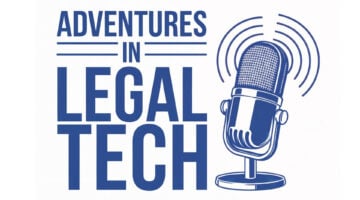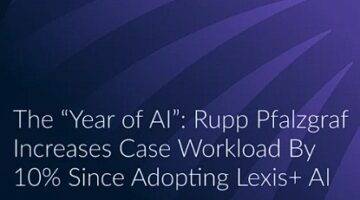

Miami’s Best In Biglaw
Midlevels love the Miami office of this mega firm.

The Secret To Longevity In Client Relationships
Zen and the art of crisis litigation management, on this episode of 'Adventures in Legal Tech.'

Do You REALLY Want To Be A Judge?
It’s not an idle question, given the ever-increasing attacks (verbal, threatened physical, and real physical).

Biglaw Not ‘Awful’ According To Some Midlevel Associates
It's not all bad, all of the time.

Go In-House Sooner: The Money Is Worth It
Here are three ways the money you earn in-house is worth more than law firm money.





























